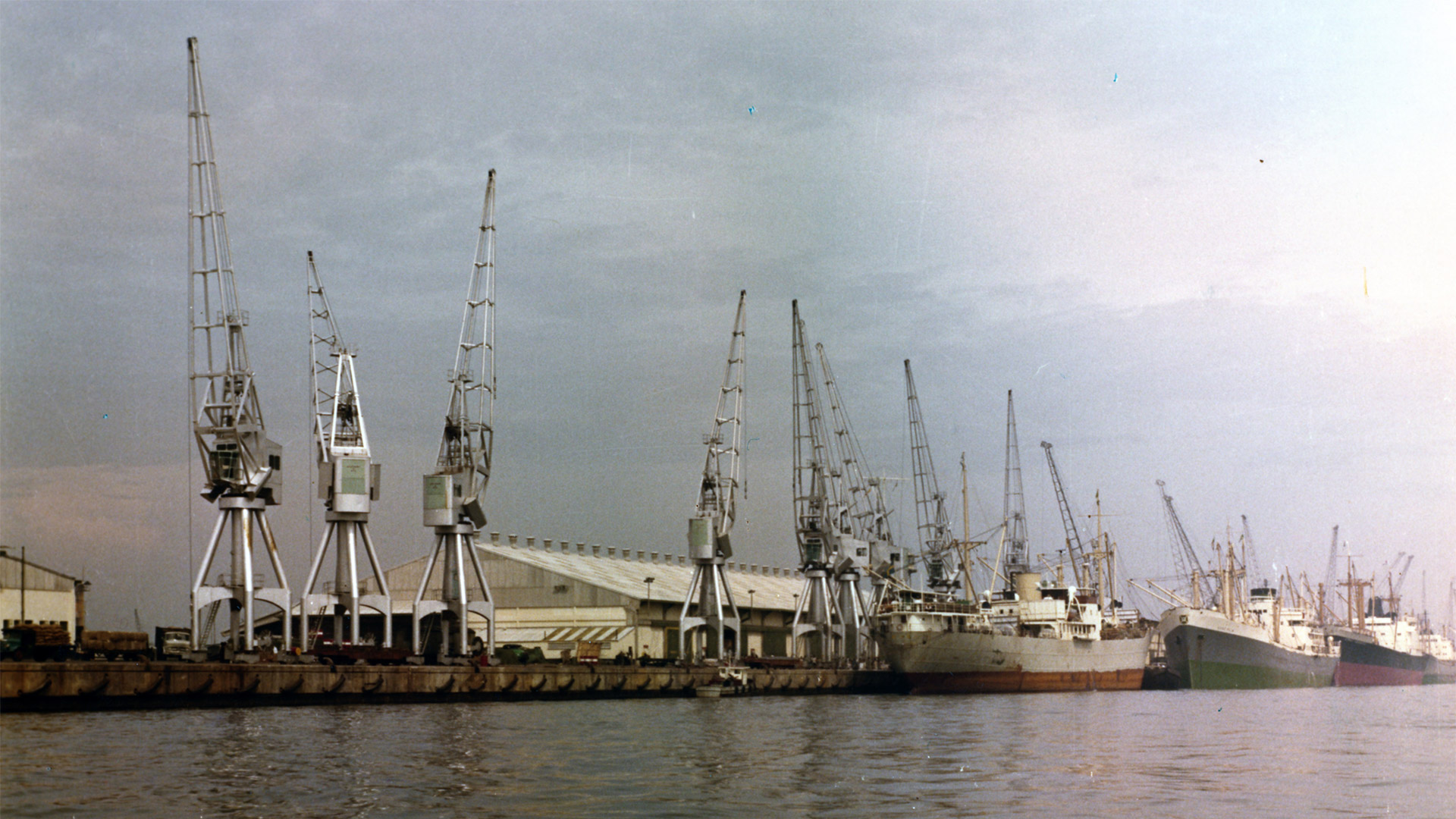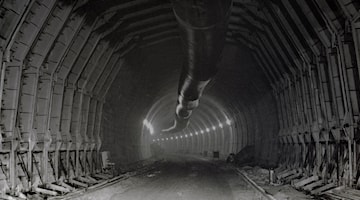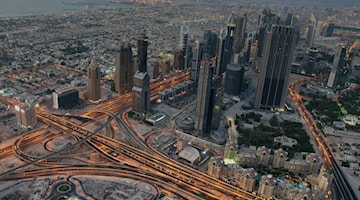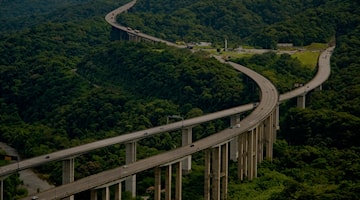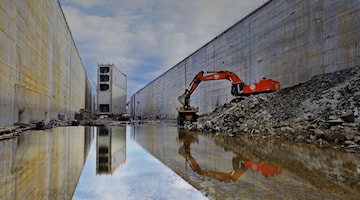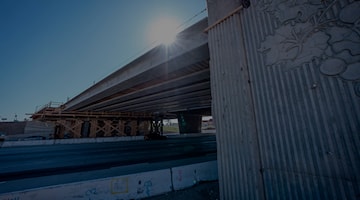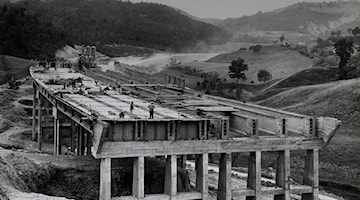Port of Apapa, Nigeria
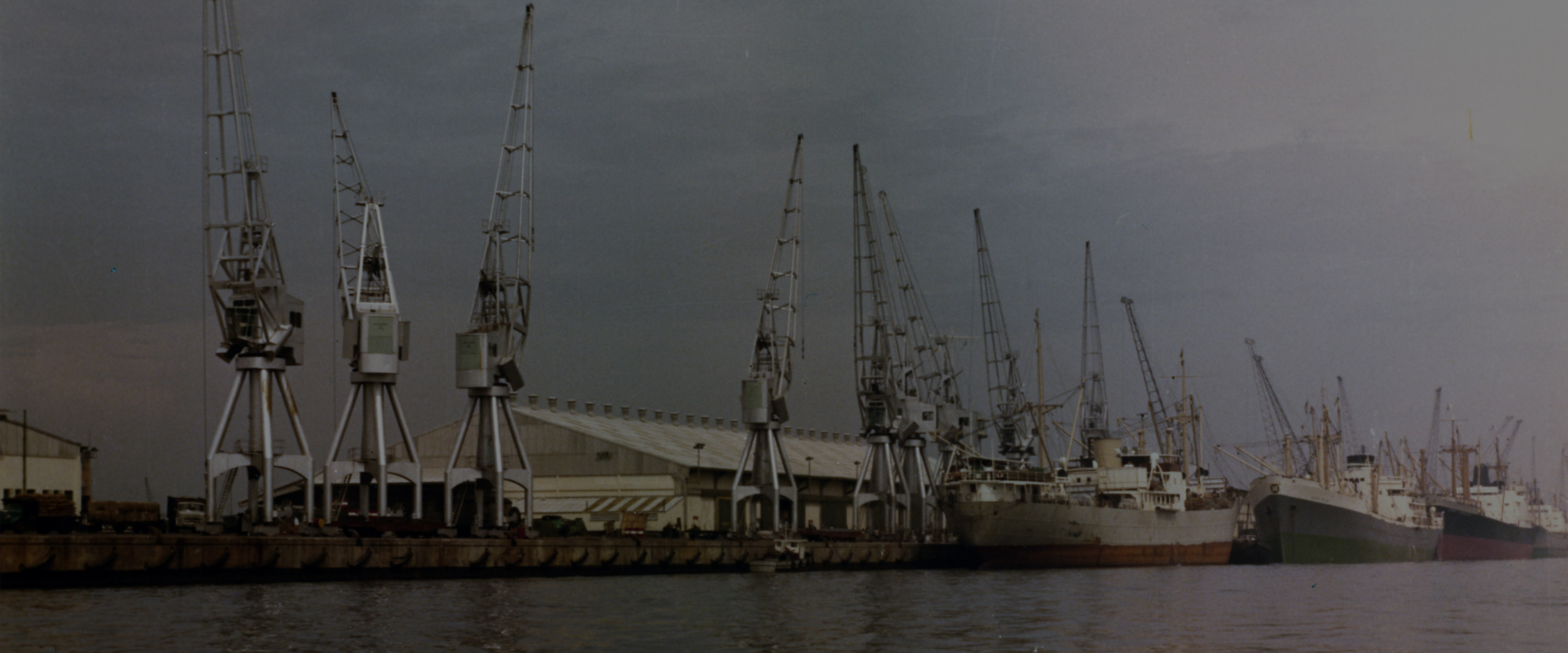
PORT OF APAPA, NIGERIA
A port that has enhanced the development of a country. This is how the expansion project of the Apapa quay, in the port of Lagos, Nigeria, can be summarized. A significant change that saw the annual traffic of the port increase from the previous 15 to 23 million tons of goods. Today, Lagos is one of the main ports in West Africa, with a total area of about 120 hectares.
Started in 1962, the expansion included the addition of berths (943 m) to the existing ones for deep-sea ships, increasing the length of the main quay (which was then 1,494 m long), and the construction of accessory works and facilities, four transit sheds, two warehouses, and the completion of two others under construction, stations, and cranes.
To adequately meet the considerable demand for crushed stone and aggregate, totaling approximately 280,000 m3, a quarry was set up about 100 km from Apapa. The materials were then transported to the site by special daily trains with specially manufactured wagons.
The plants produced approximately 130,000 m3 of concrete, of which 70,000 were intended for the prefabrication of the blocks constituting the quay wall, with an average production of 37 blocks per day, each weighing about 20 tons.
Given the results of the construction methods adopted, the company met its commitment by completing the additional works within the same timeframe as the first contract, for a total of 9 million total work hours.

THE WORK AND THE TECHNIQUE
M3 CONCRETE
M QUAY WALL HEIGHT
Nigerian Ports Authority, Lagos





